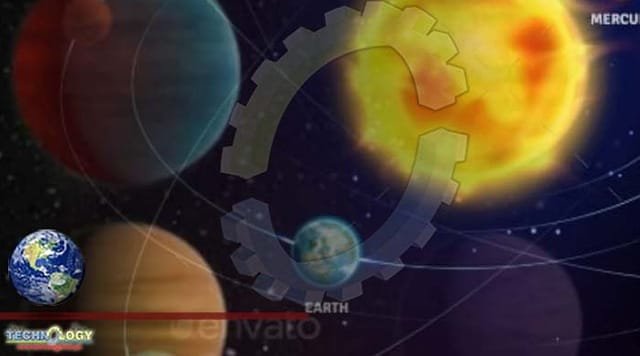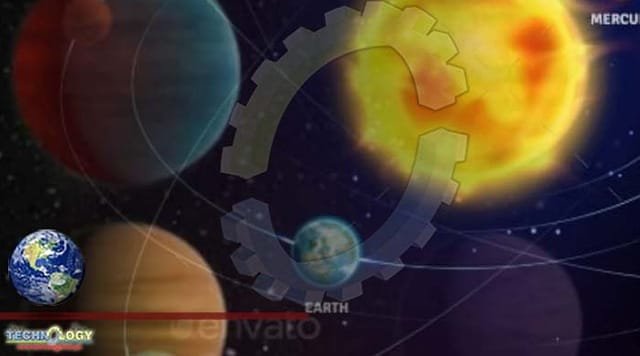A bunch of Jupiter-like giants NASA Hubble Links 25 Alien Worlds have strikingly similar atmospheric conditions opening the door to an ultimate, unified theory of planet formation.

After scrutinizing a staggering one thousand hours of telescope data — divided between observations from NASA’s Hubble and Spitzer — international scientists discovered that a bunch of exoplanets scattered across the universe are inextricably linked by their atmospheres, marking a major milestone for the study of interstellar worlds.
It’s like a cosmic-doppelganger situation, but one that could elucidate how planets we’re more familiar with, such as Earth and Mars, formed once upon a time.
“Our paper marks a turning point for the field: We are now moving from the characterization of individual exoplanet atmospheres to the characterization of atmospheric populations,” Billy Edwards, an astronomer at University College London and co-author of a study on the discovery published Monday in The Astrophysical Journal said in a statement.
Likewise, in the past, we only had the planets of our solar system to understand different kinds of planet formation. Over time, we started spotting exoplanets throughout deep space, and today, we have thousands upon thousands of foreign worlds at our disposal — a whopping sample size poised to grow exponentially thanks to the recent launch of NASA’s James Webb Space Telescope.
For the study, the researchers specifically curated their 25 exoplanet subjects because the orbs already had a lot in common. They’re super hot gas giants that orbit relatively close to a host star — akin to our solar system’s sunset-colored Jupiter, which hangs out around our sun.
The team basically wondered whether there were more things they could add to the exoplanet similarity list, especially with regard to atmospheres. Sure enough, the new study determined that some of these exoplanets do indeed share common atmospheric, and even thermal, conditions. Further, they exhibit shared chemical properties and a few other things.
These similarities, in essence, helped the researchers find trends between the doppelganger exoplanets. More specifically, according to the paper, the correlations helped answer five important, yet outstanding, exoplanet questions. In a sense, these solutions might’ve brought humanity slightly closer — very, very slightly — to a comprehensive understanding of how all the rocky, gassy, icy, weird and familiar worlds that speckle the universe came to be.
The team notes that further research is required to bolster some of their findings, especially a few correlations regarding thermal similarities.
Still, the sheer depth of the work is a rather brilliant achievement. It’s extremely hard to inspect one exoplanet, let alone Nasa Hubble the over two dozen studied in the new paper. “Hubble enabled the in-depth characterization of 25 exoplanets,” Changeat said, “and the amount of information we learned about their chemistry and formation — thanks to a decade of intense observing campaigns — is incredible.”
Think of it like this: Say you want to understand the sounds and syllables of every language, but only have five words to work with. That’s pretty difficult. But if you had 10,000 words to work with, you could find similarities between them, group them according to language, and perhaps extrapolate what the rest of the word ledger would sound like. Eventually, you might even find a linguistic rule to help decode the architecture of language altogether.
Source: This news is originally published by cnet
